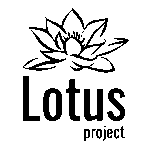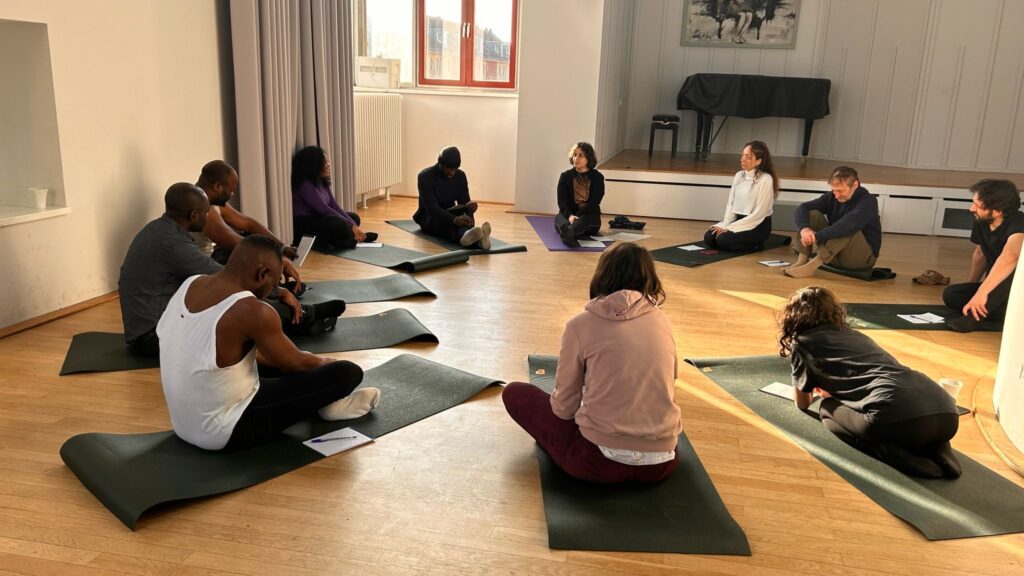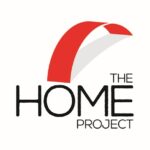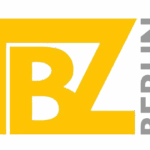
What is the Lotus Project?
The lotus is one of the symbols of India, which is also the birthplace of yoga. Lotus flowers take root in mud and their long stems rise to reach the surface of the water towards the sun. For the people of India, this is a metaphor for life: starting from the dark mud, we move towards a more conscious life.
The Lotus project is primarily aimed at asylum seekers and refugees. It aims to contribute to their well-being and mental health.
To achieve this, it draws not only on the practice of yoga but also on poetic writing. Lotus offers a method that combines the two disciplines for the benefit of these audiences, with the aim of providing them with the
tools to practise and share it themselves.

The project is aimed at asylum seekers and refugees hosted by partner organisations in the three participating countries (France, Greece, Germany). In addition, the project aims to inspire youth workers, artists and yoga teachers by offering them methodological tools under a free licence.
Migrants and refugees who benefit from the Lotus Method can, if they wish, obtain certification and become facilitators of the method themselves.
"Lotus Flowers", a film about the Berlin workshops of the Lotus project.
The Lotus Project is dedicated to supporting asylum seekers and refugees through creative and stimulating methods. Our mission is to improve mental health, build new skills and promote economic inclusion. We are here to:
Raise awareness among asylum seekers and refugees about the practice of yoga and poetic writing for better physical and mental health.
Providing artists and youth workers who work with groups of asylum seekers and refugees with new methods for organising creative activities with them
Equipping participating asylum seekers and refugees with skills that they can pass on to others
Design, evaluate, publish and promote the method developed from experience in European partner countries and more broadly across the European Union.
Tutoriels vidéos
The video tutorials present the yoga poses and warm-up sequences used in Lotus workshops. Well-known yoga poses have been simplified and adapted for novice instructors and participants. The aim is to offer a clear, easy-to-follow and accessible method with moderate physical demands.
Two videos, each about dix minutes ten minutes long, explain lying postures and then standing postures. This structure follows a traditional yoga classification.
The videos were filmed in the Sur Mesure studio. Fotinì Dimitriou, project coordinator, demonstrates.
This page contains all the videos for easy access and independent practice.
Reading list
2 Videos

0:16

0:16
Read more: www.lotus-project.net
Project partners







